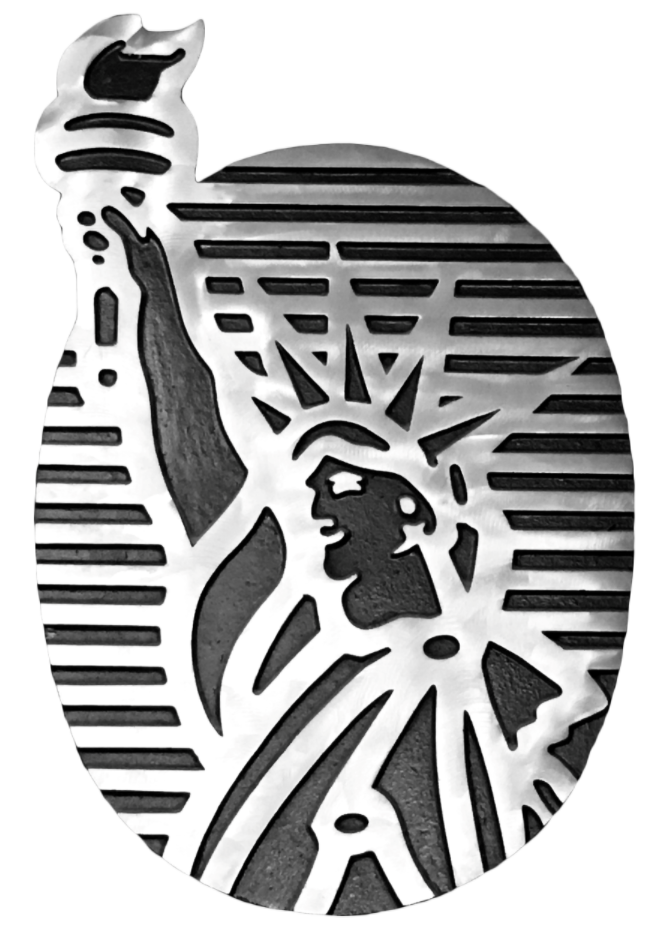Singapore’s Options Playground: Advanced Techniques For Traders
 Posted On
Posted On
Singapore’s options market is one of Asia’s most active and dynamic markets. With various trading strategies and advanced techniques, traders in this market can capitalise on market opportunities to potentially maximise their potential returns. However, navigating this complex market requires a deep understanding of factors affecting option prices and adapting to changing market conditions.
This article will discuss advanced techniques that traders in Singapore’s options market can use to gain an edge and succeed. These techniques are based on extensive research and experience of top traders in the industry, making them valuable insights for both beginners and experienced traders alike.
Volatility trading
Volatility trading is a popular and effective strategy traders use in the options market. It involves taking advantage of changes in volatility levels to generate returns. Volatility measures price fluctuations for a particular asset, a crucial factor affecting option prices. In simple terms, high volatility means higher option prices and low volatility means lower option prices. Traders can use this information to their advantage by buying options when volatility is low and selling them when volatility is high.
However, predicting volatility levels in the market is challenging, which is where advanced techniques such as technical indicators and chart patterns come into play. These tools help traders to identify trends and potential changes in volatility, allowing them to make informed decisions on whether to buy or sell options. Traders can also use volatility-based strategies such as straddles and strangles to take advantage of a potential increase in volatility.
Delta-neutral trading
Delta-neutral trading is a popular technique that involves creating a portfolio with offsetting positions to reduce the overall market risk. The overall market movement will not significantly affect the portfolio’s value. Traders commonly use this technique in Singapore’s options market, allowing them to take advantage of small price movements while minimising their exposure to market volatility.
To implement delta-neutral trading, traders must calculate the delta of their option positions, which measures the change in option prices for every $1 change in the underlying asset. A delta-neutral portfolio is created by balancing long and short positions with opposite deltas, resulting in a net delta of zero. This strategy is beneficial in options trading on highly volatile assets, as it allows traders to take advantageof small price movements without being affected by large market swings.
Implied volatility trading
Implied volatility is a measure of the market’s expectations for future volatility, and it is derived from option prices. This technique involves trading options based on changes in implied volatility levels. When implied volatility is low, traders can buy options at a lower price and sell them when implied volatility increases, resulting in a return. Similarly, if implied volatility is high, traders can sell options at a higher price and repurchase them when implied volatility decreases.
Traders can also use implied volatility to assess the market’s sentiment towards a particular asset. A sharp increase in implied volatility may indicate investors expect a significant move in the underlying asset. In contrast, decreased implied volatility may show investors are more confident about the asset’s stability. Traders can use this information to decide whether to buy or sell options.

Spread trading
Spread trading involves buying and selling options with different strike prices, expiration dates, or underlying assets. This technique limits traders’ downside risk while taking advantageof market movements. There are various types of spread trading strategies, such as vertical, horizontal, and diagonal.
One popular spread strategy is the iron condor, which involves selling a call option with a higher strike price and buying one with an even higher strike price. Similarly, traders would sell a put option with a lower strike price and buy one with an even lower strike price. It creates a range, or “iron condor,” where the underlying asset’s price can move while still being lucrative.
Spread trading also allows traders to exploit market inefficiencies by using the price differences between options with different strike prices and expiration dates. However, it requires careful analysis and risk management as spread trades can be complex and involve more significant capital.
Gamma scalping
Gamma scalping is an advanced technique to adjust a portfolio’s delta and hedge against potential losses. It involves buying or selling the underlying asset according to changes in the option’s gamma, which measures how much the delta will change for every $1 change in the underlying asset. Traders use this technique to maintain a delta-neutral portfolio and minimise risk.
For example, if the option’s gamma increases, traders will buy or sell the underlying asset to adjust their delta accordingly. It allows them to take advantage of small price movements while minimising their exposure to market volatility.
Traders can also use gamma scalping to manage their positions more actively. By constantly adjusting the delta, traders can potentially take profits when the underlying asset’s price moves in their favour and reduce losses if the market moves against them.









